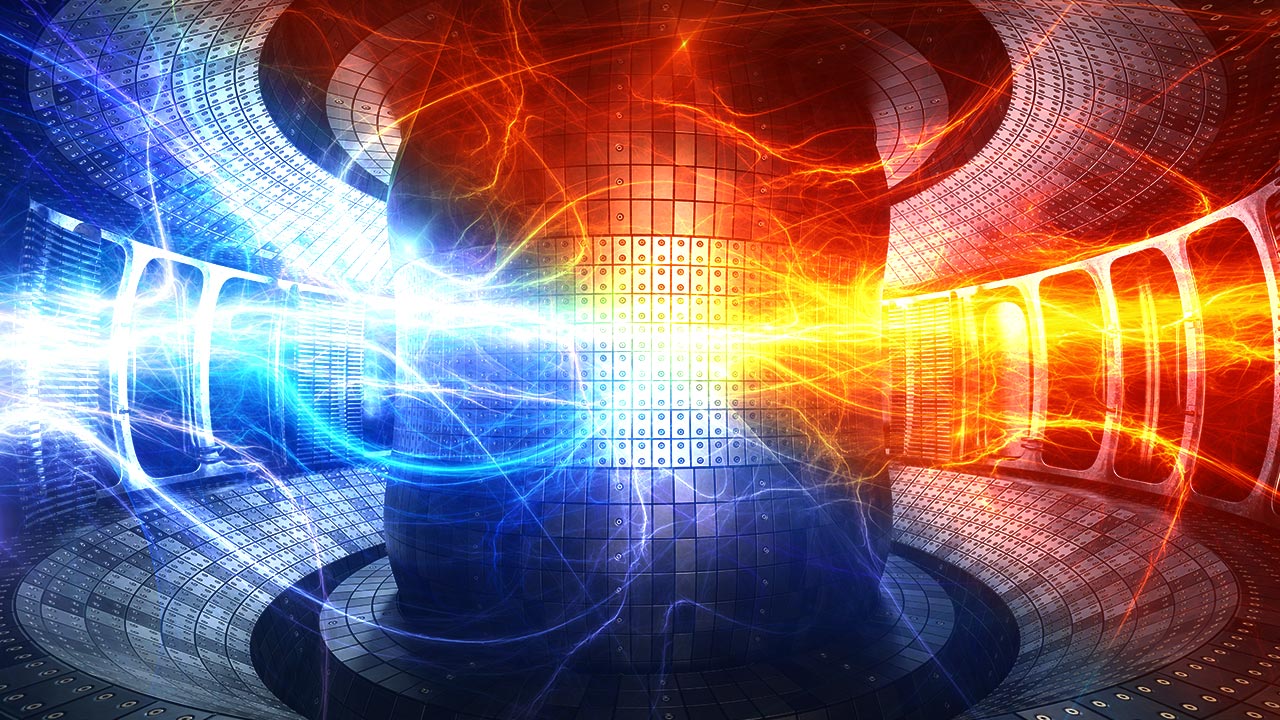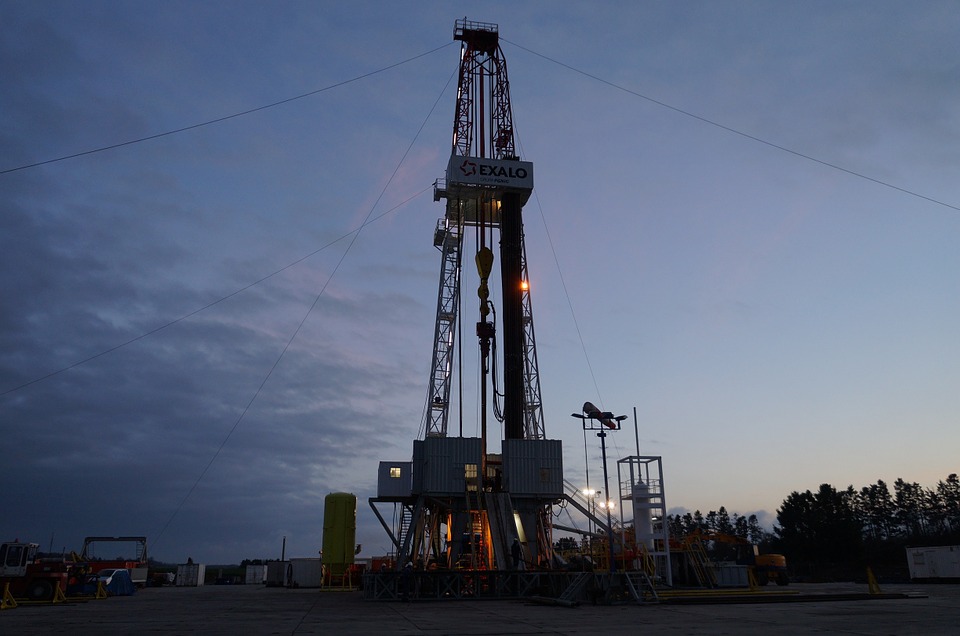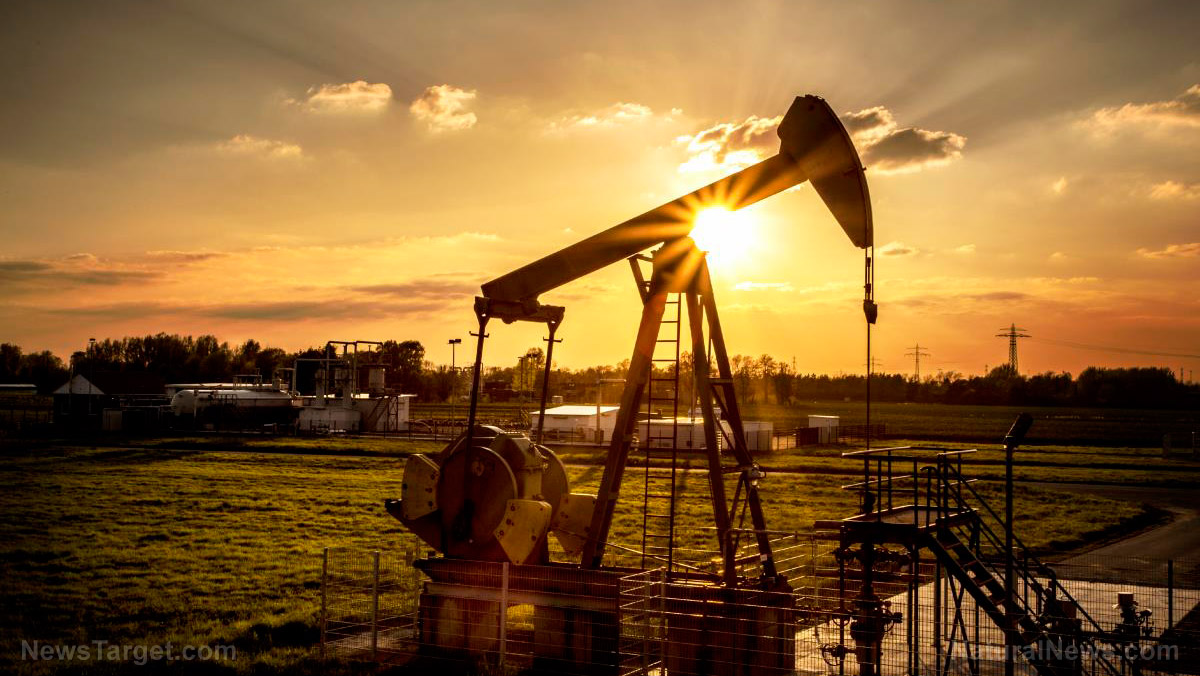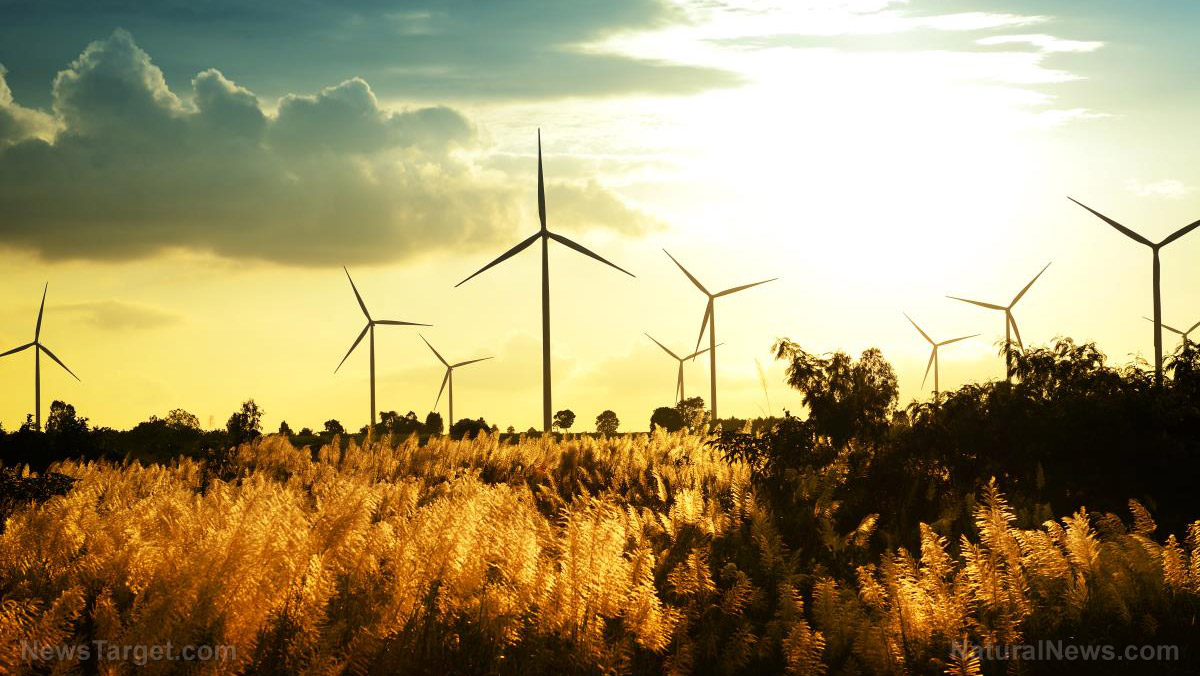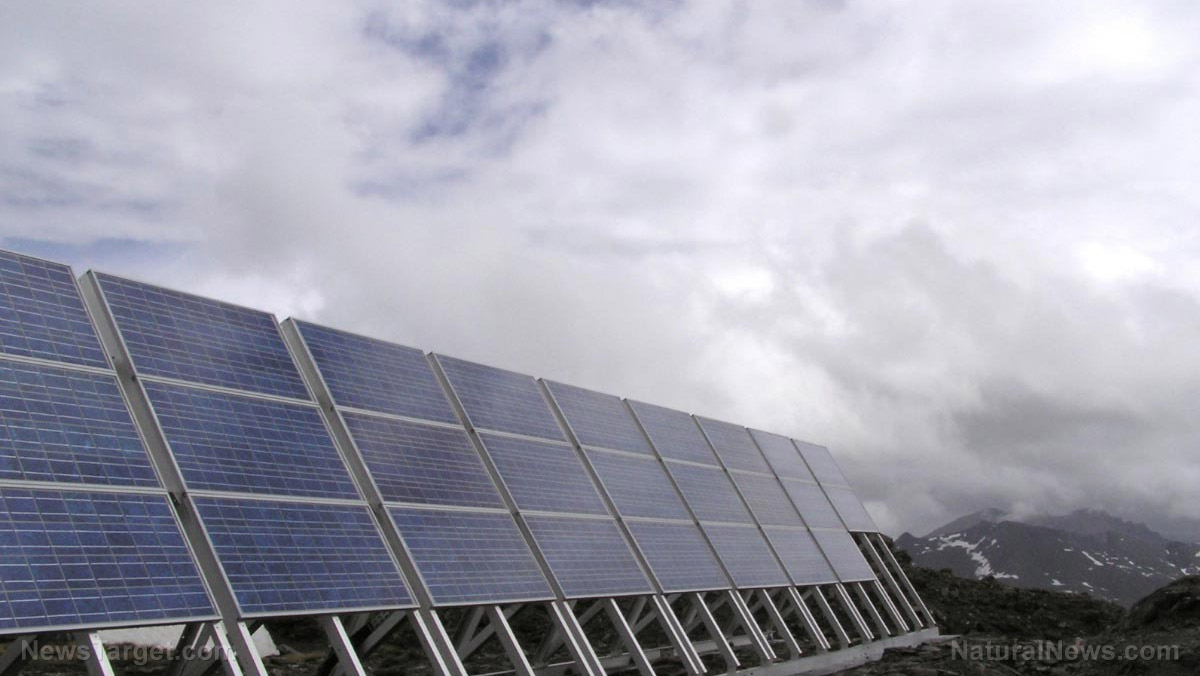5G technology may lead to the collapse of power grids
12/26/2024 / By Belle Carter
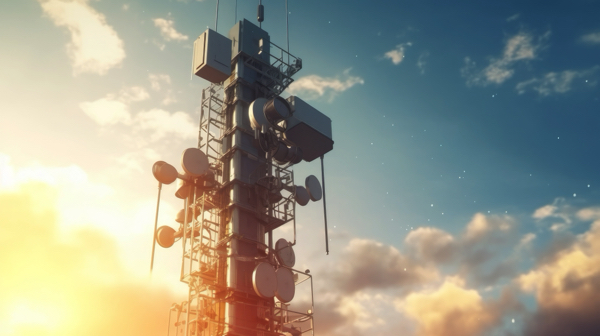
- The deployment of 5G technology is expected to revolutionize internet speeds, offering up to 1,000 times faster data transmission compared to previous networks.
- Despite its supposed benefits, 5G networks are anticipated to consume up to 1,000 times more power than current networks, posing significant energy demands and environmental challenges.
- The energy-intensive nature of 5G is exacerbated by the scale of infrastructure and hardware needs, including small cells, MIMO antennas, cloud computing and the proliferation of internet-connected devices.
- The energy consumption of 5G networks is already putting a strain on existing power grids, as mentioned by a 2020 study, with equipment at operator sites often unable to meet the additional power requirements.
- By 2030, the energy consumption of 5G networks is expected to increase by 160 percent, rising to 51.3 million tonnes of oil equivalent, akin to the energy consumption of Sweden or all U.K. households in a year. Addressing this issue involves exploring more energy-efficient technologies and renewable energy sources.
Amid the digital revolution, the world is witnessing the dawn of an era that promises lightning-fast internet speeds, seamless connectivity and the integration of technology into every aspect of everyday life. The rollout of 5G technology has been hailed as the harbinger of this new age, with its capability to transmit data up to 1,000 times faster than its predecessors.
However, lurking beneath the surface of this technological marvel is a threat that could very well jeopardize the future – an insatiable appetite for energy that could consume up to 1,000 times more power than today’s networks.
According to a 2018 article in IEEE Spectrum, “A lurking threat behind the promise of 5G delivering up to 1,000 times as much data as today’s networks is that 5G could also consume up to 1,000 times as much energy.”
This stark reality is brought to the forefront by the sheer scale of the infrastructure and hardware required to support 5G, including the proliferation of small cells, massive multiple-input multiple-output (MIMO) antennas, cloud computing and an explosion of internet-connected devices.
One 5G base station is estimated to consume as much power as 73 households, and the energy demand is set to skyrocket. A 2019 report by the Small Cell Forum predicts that by 2025, the number of installed small cells will be 70.2 million, with 13.1 million of those being 5G or multimode small cells.
Radoslav Danilak, a prominent figure in the tech industry, has warned that data center energy consumption will double every four years. “Consumption will double every four years,” he asserted, highlighting the exponential growth in energy requirements. This exponential growth in energy consumption is not just limited to data centers but extends to every component of the 5G network, from base stations to small cells and core networks.
5G is starting to hamper the power grid
The energy demands of 5G have already begun to strain existing infrastructure.
Roberto Kompany, a senior analyst at Analysys Mason, pointed out in a 2020 report that the equipment at operator sites is often inadequate to meet the additional power requirements of 5G networks.
Moreover, the 5G network’s reliance on millimeter wave bands, which are more prone to interference and require a denser network infrastructure, amplifies the energy consumption problem.(Related: 5G wireless technology is a DISASTER waiting to happen.)
“A 5G base station is generally expected to consume roughly three times as much power as a 4G base station,” noted a 2019 article in IEEE Spectrum. This means that not only are we dealing with a massive increase in data transmission speeds, but we are also facing a substantial rise in energy consumption, a perfect storm of sorts.
The implications of this energy demand are alarming. According to a 2020 study by the Data Centre Forum, by 2030, energy consumption for 5G networks is expected to grow to 51.3 Mtoe (million tonnes oil equivalent), equivalent to all the energy consumed in Sweden or all power used just by households in the United Kingdom taht year.
This is a 160 percent increase in energy consumption between 2020 and 2030, driven by the energy demands of powerful network elements, the proliferation of 5G cell sites, and the flexibility of 5G networks in both consumer and enterprise use cases.
Visit 5GAlert.com to learn more about 5G and its dangers and implications.
Watch the video below where Health Ranger Mike Adams interviews Dr. Basima Williams on how one can be protected from EMF, 5G and electropollution.
This video is from the Health Ranger Report channel on Brighteon.com.
More related stories:
5G Danger: 4 Ways 5G wireless technology can seriously harm human health.
Top 4 conspiracy theories about 5G that are coming true.
Sources include:
Submit a correction >>
Tagged Under:
5g, 5G alert, collapse, computing, cyber war, Dangerous, electricity, energy supply, future tech, glitch, information technology, internet, power, power grid, smart meters, supply chain
This article may contain statements that reflect the opinion of the author
RECENT NEWS & ARTICLES
NewEnergyReport.com is a fact-based public education website published by New Energy Report Features, LLC.
All content copyright © 2018 by New Energy Report Features, LLC.
Contact Us with Tips or Corrections
All trademarks, registered trademarks and servicemarks mentioned on this site are the property of their respective owners.

